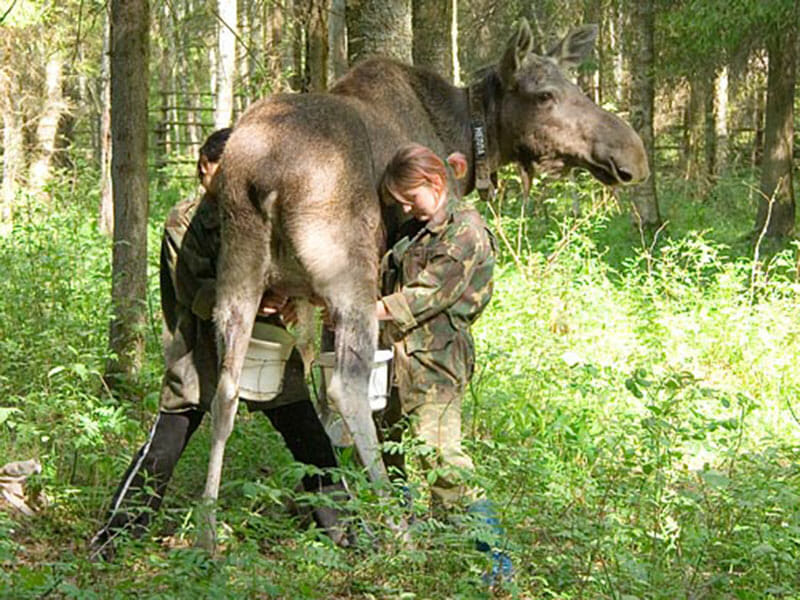- Joined
- Sep 18, 2021
- Messages
- 405
- Reaction score
- 1,032
I’m fairly new to the sport so these are just my humble observations. I have tried quite a few patch lubes both commercial and otherwise and there is one method that I started with that I think is one of the best for shooting continuously and that is spit for me. It’s easy and like was mentioned before you always have it! I have used moose milk ballistol and water 7:1 and made pillow ticking trips soaked and then left to dry. That works OK but doesn’t do much for fouling build up. Also used bore butter and that’s fine but, not remarkable by any means. I have also just begun to make my own bullet and patch lube with bees wax and crisco and that works great for a hunting or one shot every so often situation. What I like best about spit is it’s simple and you don’t have to carry a plastic spray bottle of something and spray each patch before loading. To me that sounds miserable and ruins the charm of shooting traditional muzzleloaders in my opinion. It’s just too much of a production for me whereas with spit you have a strip of pillow ticking hanging from your bag keep the end in your mouth between shots and cut at the muzzle boom your done. No looking or messing with a spray bottle and individual patches between shots. That’s just me but I also enjoy shooting from the pouch even if I’m shooting from a bench I’m wearing my bag!








